Carnation Garden Plants: Tips For Growing Carnations
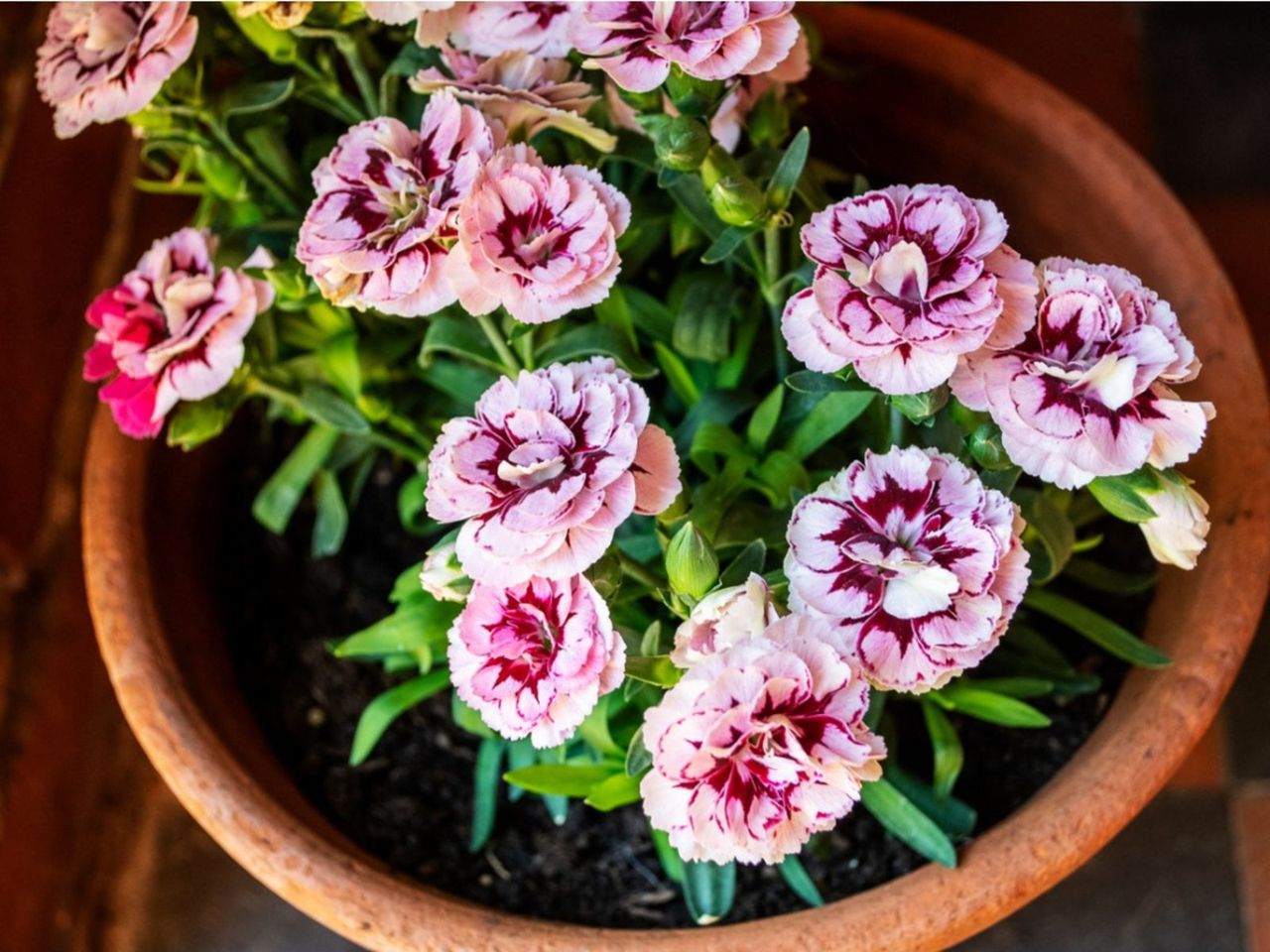
Carnations date back to ancient Greece and Roman times, and their family name, Dianthus, is Greek for “flower of the gods.” Carnations remain the most popular cut flower, and many people want to know how to grow carnation flowers. These fragrant flowers made their debut in the United States in 1852, and people have been learning how to take care of carnations ever since. Anyone can learn about growing carnations and enjoy the rewards of having beautiful carnation garden plants.
Tips for Planting Carnation Seeds
Successful carnation flowers (Dianthus caryophyllus) begin with planting. Here are some guidelines to keep in mind when growing carnations in the garden.
Pre-Planting Considerations
Proper care of carnations begins before you even plant your seeds. Growing carnations will be much easier if you plant the seeds in an area that gets a minimum of four to five hours of sun each day. Use well-draining soil without using mulch, which could prevent good air circulation. This will help you grow thriving carnation garden plants.
Planting Carnation Seeds Indoors
Six to eight weeks before your area will be frost-free, you can start your carnation seeds indoors. Learning how to grow carnation flowers this way is easy and will promote flowering in the first year so you can enjoy the fruits of your labor by taking care of carnations.
Choose a container with drainage holes in it, filling the container within an inch or two (2.5-5 cm.) from the top with potting soil. Sprinkle the seeds across the top of the soil and cover them lightly. Water until the soil is moist and then wrap the container in a clear plastic bag to create a greenhouse effect.
The beginnings of your carnation garden plants should poke through the soil in two to three days. Move the seedlings to their own pots once they have two to three leaves and transplant them outdoors once they reach a height of 4 to 5 inches (10-13 cm.) and when your area is free of frost risk.
Planting Carnations Seeds Outdoors
Some people would rather learn how to sow carnation flowers outdoors after the threat of frost has passed. Learning how to plant and take care of carnations in an outdoor garden is similar to growing carnations indoors, but it's unlikely that your plants will bloom the first year when the seeds are sown outdoors.
Gardening tips, videos, info and more delivered right to your inbox!
Sign up for the Gardening Know How newsletter today and receive a free download of our DIY eBook "Bring Your Garden Indoors: 13 DIY Projects For Fall And Winter".
Begin planting carnation seeds outdoors by sowing them in 1/8 inch (3 mm.) deep soil that will drain well. Keep the soil in your garden, or container, moist until the seedlings are growing. Once your seedlings are thriving, thin them so the small plants are 10 to 12 inches (25-31 cm.) apart.
Care of Carnations
Water your growing carnations once each week and encourage strong carnation garden plants by fertilizing them with a 20-10-20 fertilizer. Pinch off the flowers as they become spent to encourage additional blooming. At the end of the flowering season, cut your carnation stems to ground level. Planting carnation seeds once can result in years of beautiful, fragrant flowers.
Mary Ylisela has shared her love of gardening with countless students, ranging in age from 4 to 13 years old. Her gardening experience ranges from caring for her own perennial, annual, and vegetable gardens to teaching students a variety of gardening activities, from planting seeds to creating landscaping plans. Ylisela's favorite thing to grow is sunflowers.
-
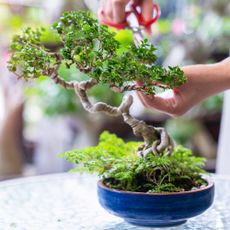 7 Best Bonsai Trees For Beginners: Easy Options That Are Simply Stunning
7 Best Bonsai Trees For Beginners: Easy Options That Are Simply StunningDiscover the easiest bonsai trees to grow that bring beauty and serenity to your space. Perfect for beginners ready to start their bonsai journey!
By Bonnie L. Grant
-
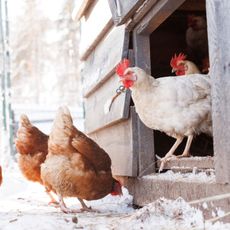 Winterizing Chicken Coop Pens And Boxes: 5 Steps To Keep Chickens Safe & Warm
Winterizing Chicken Coop Pens And Boxes: 5 Steps To Keep Chickens Safe & WarmWinterizing chicken coop pens and boxes is a crucial way to keep your chickens safe and warm in the cold season. Follow our five steps for happier, healthier chucks
By Bonnie L. Grant
-
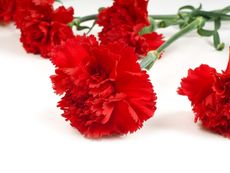 Reasons To Celebrate National Carnation Day
Reasons To Celebrate National Carnation DayLearn the fascinating American history of the red carnation, as Ohio celebrates National Red Carnation Day on January 29.
By Mary Ellen Ellis
-
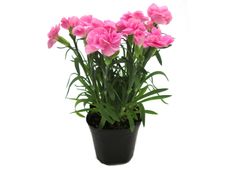 Carnations In Containers – Learn About Potted Carnation Plants
Carnations In Containers – Learn About Potted Carnation PlantsCarnations are extremely popular and make stunning cut flower arrangements. They are also an excellent choice for growth in containers. Carnations in containers can bring much needed color to small landscape plantings, as well as window boxes. Learn more here.
By Tonya Barnett
-
Septoria On Carnations – Learn About Carnation Leaf Spot Control
Carnation septoria leaf spot is a common, yet highly destructive, disease that spreads rapidly from plant to plant. However, septoria leaf spot of carnations is relatively easy to manage if caught early. To learn more about this disease, click the following article.
By Mary H. Dyer
-
Carnation Rhizoctonia Stem Rot – How To Manage Stem Rot On Carnations
There are few things as delightful as carnations. They are relatively easy plants to grow but can develop fungal problems. Carnations with rhizoctonia stem rot, for instance, are a common problem. Click here to learn the symptoms and treatment for this common disease.
By Bonnie L. Grant
-
Carnation Fusarium Wilt Info: How To Control Fusarium Wilt Of Carnations
Carnations have a rich and meaningful history, and are some of the oldest cultivated flowers. Despite this, they are susceptible to a number of issues, like fusarium wilt disease. The following contains info on treating carnation fusarium wilt.
By Amy Grant
-
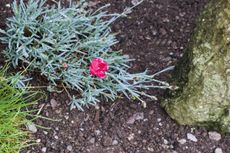 Clove Pink Herb Plants – Learn About Clove Pink Uses In The Garden
Clove Pink Herb Plants – Learn About Clove Pink Uses In The GardenClove pink herb plants are related to carnations and the recognizable scent of clove is borne on the blooms. These lovely little plants are charming additions to the garden. Learn how to grow clove pink herbs in this article.
By Bonnie L. Grant
-
 Companion Plants For Dianthus – Tips On What To Plant With Dianthus
Companion Plants For Dianthus – Tips On What To Plant With DianthusDianthus are low-maintenance plants prized for their ruffly blooms and sweet-spicy scent. If you're wondering what to plant with dianthus in your garden, click this article to get some helpful tips and suggestions.
By Mary H. Dyer
-
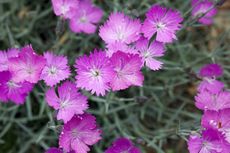 What Is Firewitch – How To Care For Firewitch Dianthus Plants
What Is Firewitch – How To Care For Firewitch Dianthus PlantsOftentimes, I am asked by customers for specific plants only by description. For example, "I'm looking for a plant I saw that's grass-like but has little pink flowers". I find it is Firewitch dianthus that has caught their eye. Learn more about it here.
By Darcy Larum